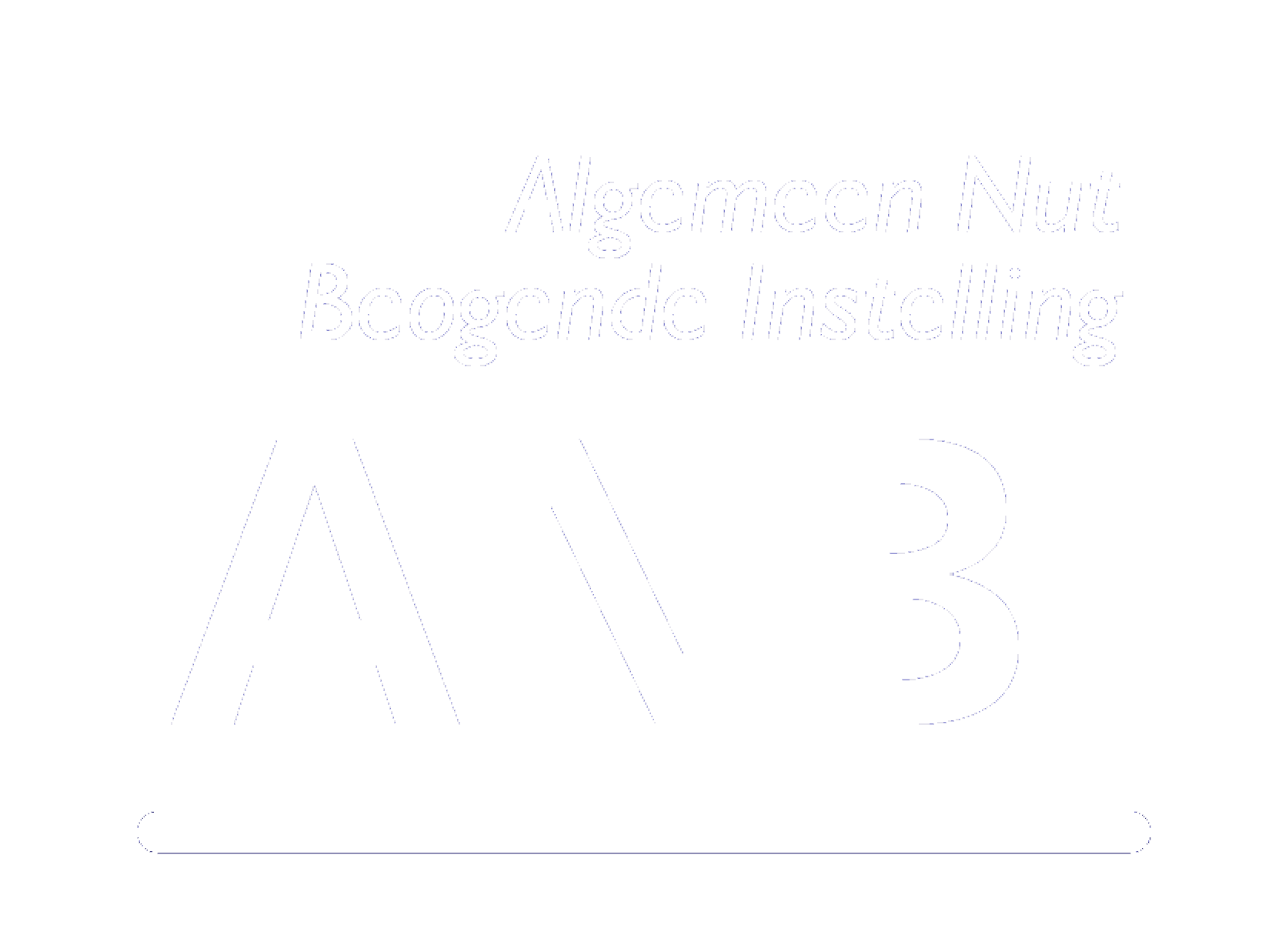7 August 2020
Dolly rope washes up massively on the beach, either loose or in bundles: orange, black, or blue-colored strands of polyethylene. The threads come from the bunches hung under the fishing nets. These dolly ropes protect the precious nets from wear and tear, but they wear and tear themselves by being dragged along the seabed.
There is no waste item as frequently found on the beach as dolly rope. Between 2013 and 2018, an average of 116 pieces of net and dolly rope were counted every hundred meters of the beach. This means that dolly rope – on the four Dutch beaches where the counts always happen – accounted for no less than 37.6% of all waste items found.
STILL NO SOLUTION … AND PERHAPS NEVER
Pollution of dolly rope is an acknowledged environmental problem. The material does not degrade naturally, and animals become entangled in it. Therefore, a solution has been sought for years, for example, within the framework of the Dutch VisPluisVrij project. In this project, stakeholders are working together to find answers. Three directions of development:
- development of alternative materials and alternative forms of network protection;
- development of alternative grid designs that make less contact with the soil;
- improvement of waste management on board.
The final report on this project is expected in a few months. VisPluisVrij has already concluded that ‘there is no one material that can replace all dolly rope.
SINGLE-USE PLASTICS DIRECTIVE
The European SUP Directive is based on the ten types of disposable plastic items most commonly found on beaches. Since fishing gear makes a disproportionate contribution to the plastic soup, measures are also taken to prevent fishing gear from ending up in the sea. According to the definitions used, the dolly rope is part of fishing gear. Producers of nets must ensure that, once they have become unusable, these nets are returned to shore and processed.
DOLLY ROPE DUE TO WEAR AND TEAR LITERALLY ELUSIVE
Dutch consultancy Tauw estimates that a total of 100-200 tonnes of dolly rope is attached to nets in the Netherlands each year, and 50% disappears into the sea every year. Half of the dolly rope loss (25 to 50 tonnes annually) is due to wear and tear through contact with the seabed, and the other half (also 25 to 50 tonnes annually) is due to maintenance work. This work takes place, among other things, when sand and pebbles remain stuck in the dolly rope. The nets then become too heavy, are cut loose, and replaced.
Any unusable net or piece of net that is brought ashore because of the new regulations is a benefit to the environment. But underwater wear and tear continue. As a result, even after the SUP introduction in July next year, tons of dolly rope will continue to wash ashore on the beaches.
THE DUTCH APPROACH TO DOLLY ROPE
The measures concerning fishing gear that will enter into force next year are based on the polluter pays principle. The Decree that the Dutch government has prepared for the new regulations states: ‘Producers of plastic fishing gear are responsible for the collection of an annual minimum percentage of waste from plastic fishing gear that is at least 23% of the plastic fishing gear they place on the Dutch market by 2023 and 3% higher each year for the following years’.
Any fishing net or piece of net that has become unusable and that is brought ashore thanks to the new regulations is a benefit for the environment. But underwater wear continues. As a result, even after the enforcement of the SUP in July next year, tons of dolly rope will continue to wash up on the beaches.
PLASTIC SOUP FOUNDATION ADVOCATES A BAN ON DOLLY ROPE
Dolly rope due to wear and tear does not occur in the Dutch draft decree of the SUP-directive. This means that dolly rope continues to end up in the sea in large quantities and contributes significantly to the plastic soup, as long as the bottom fishing industry is allowed to continue using it. The Plastic Soup Foundation, therefore, argues that the use of dolly rope should be prohibited.
Photo: On the German island of Helgoland, nesting gannets get entangled and hang themselves on lint. From: Plastic Soup Atlas of the World.





